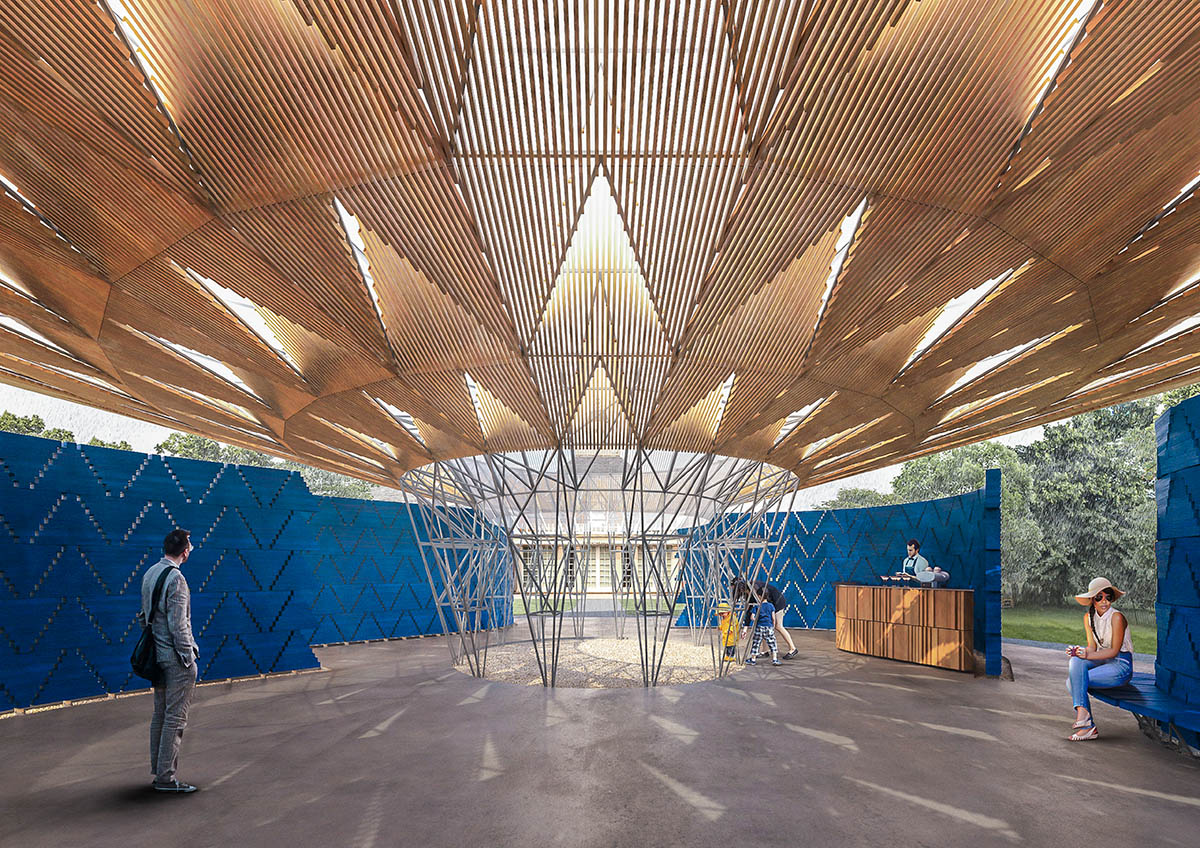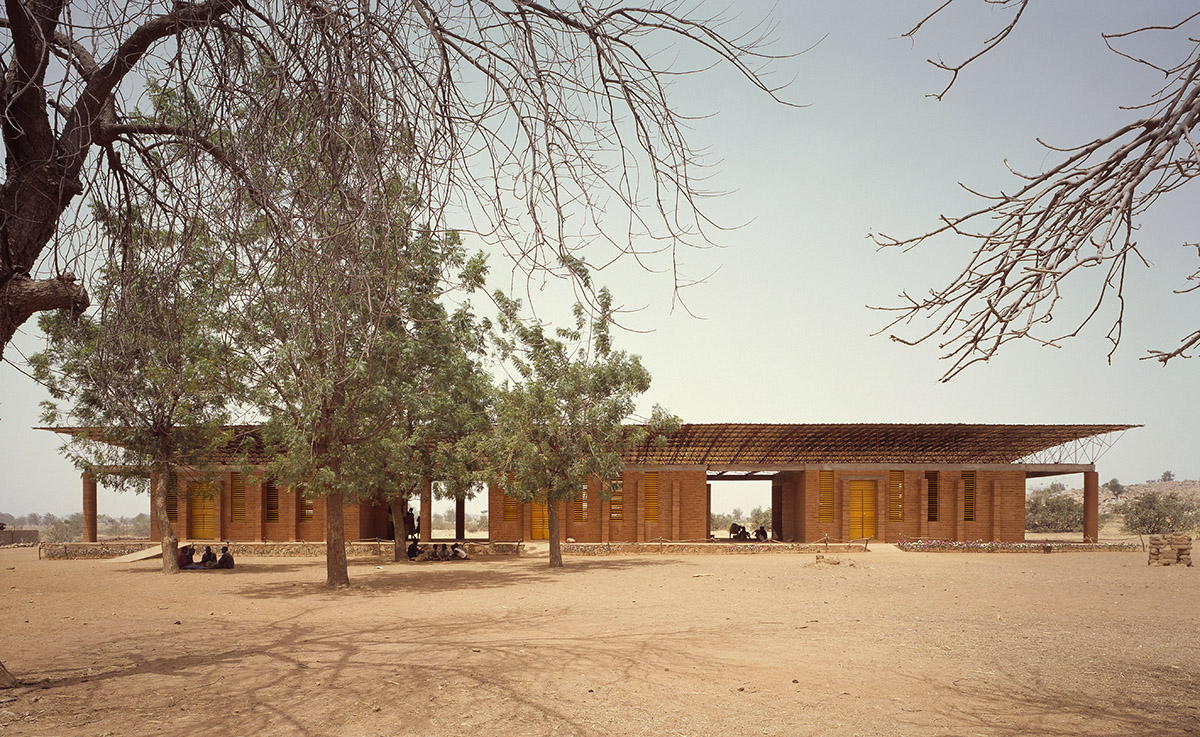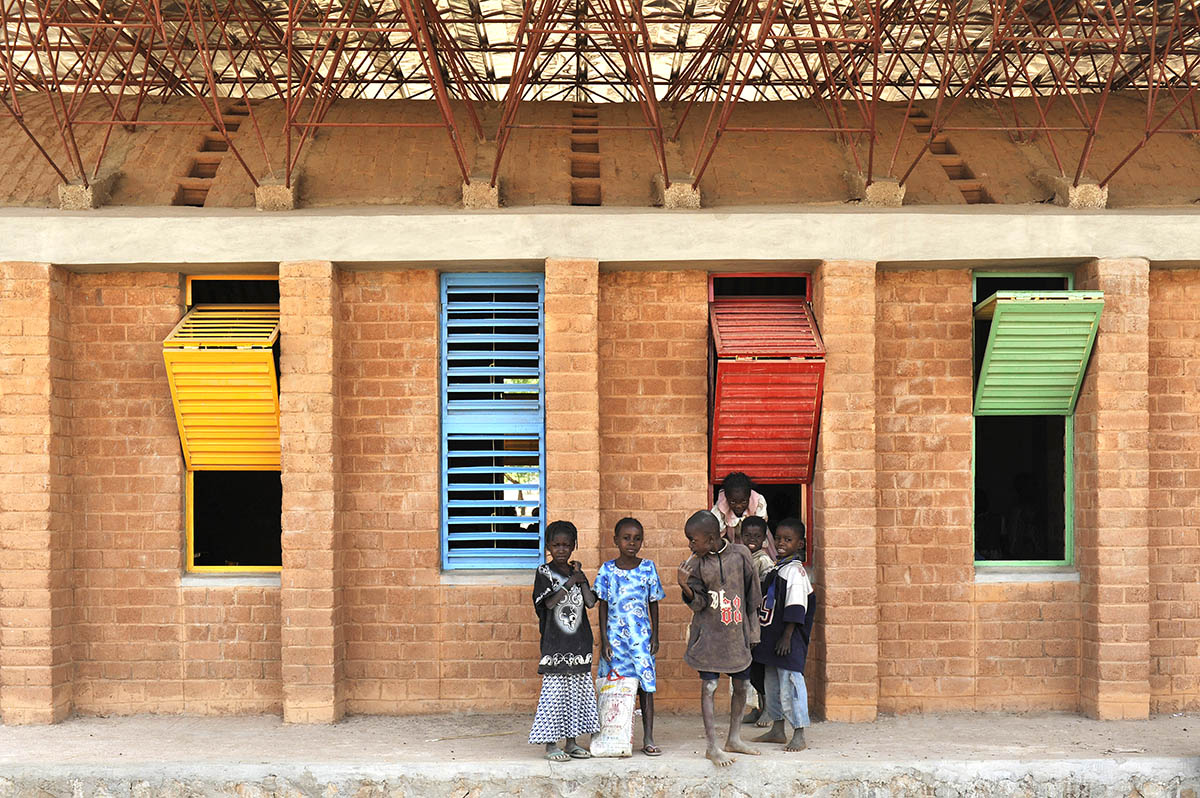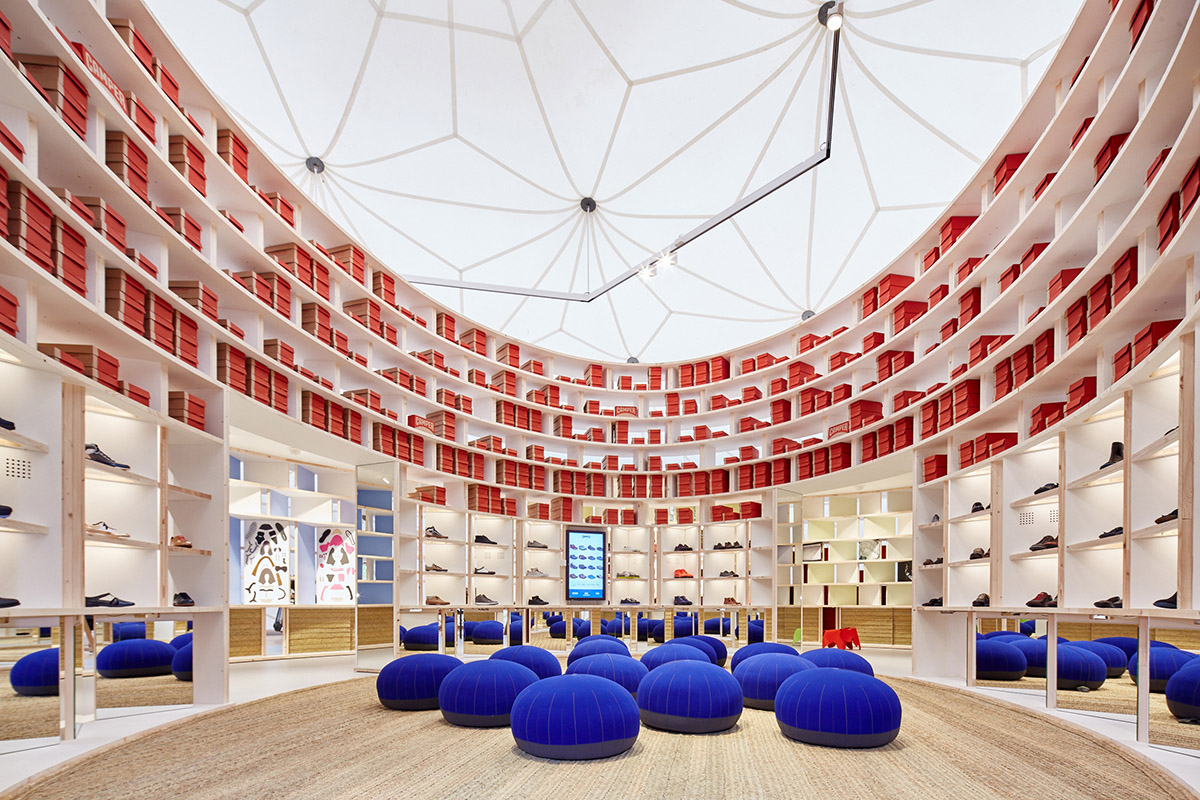Submitted by WA Contents
Socially minded architect Francis Kéré to design the Serpentine Pavilion 2017
United Kingdom Architecture News - Feb 21, 2017 - 15:46 15171 views

Award-winning and socially minded architect Francis Kéré from Gando, Burkino Faso commissioned to design the Serpentine Pavilion 2017 -selected for responding to the brief with a bold, innovative structure inspired by a tree, which brings his characteristic sense of light and life to the lawns of Kensington Gardens.
Kéré, who leads the Berlin-based practice Kéré Architecture, is the seventeenth architect to accept the Serpentine Galleries’ invitation to design a temporary Pavilion in its grounds.

Serpentine Pavilion 2017, Designed by Francis Kéré, Design Render. Interior © Kéré Architecture
Since its launch in 2000, this annual commission of an international architect to build his or her first structure in London at the time of invitation has become one of the most anticipated events in the global cultural calendar and a leading visitor attraction during London’s summer season. Serpentine Artistic Director Hans Ulrich Obrist and CEO Yana Peel made their selection of the architect, with advisors David Adjaye and Richard Rogers.
Kéré's proposal is Inspired by the tree that serves as a central meeting point for life in his home town of Gando, Francis Kéré has designed a responsive Pavilion that seeks to connect its visitors to nature – and each other. An expansive roof, supported by a central steel framework, mimics a tree’s canopy, allowing air to circulate freely while offering shelter against London rain and summer heat.

Gando Primary School; Gando, Burkina Faso, 2001. Image © Simeon Duchoud
Kéré has positively embraced British climate in his design, creating a structure that engages with the ever-changing London weather in creative ways. The Pavilion has four separate entry points with an open air courtyard in the centre, where visitors can sit and relax during sunny days.
In the case of rain, an oculus funnels any water that collects on the roof into a spectacular waterfall effect, before it is evacuated through a drainage system in the floor for later use in irrigating the park. Both the roof and wall system are made from wood. By day, they act as solar shading, creating pools of dappled shadows. By night, the walls become a source of illumination as small perforations twinkle with the movement and activity from inside.

Gando Primary School Extension; Gando, Burkina Faso, 2008. Image © Erik Jan Ouwerkerk
As an architect, Kéré is committed to socially engaged and ecological design in his practice, as evidenced by his award-winning primary school in Burkina Faso, pioneering solo museum shows in Munich and Philadelphia, and his immersive installation in the 2014 exhibition Sensing Spaces at London’s Royal Academy.
''The proposed design for the 2017 Serpentine Pavilion is conceived as a micro cosmos – a community structure within Kensington Gardens that fuses cultural references of my home country Burkina Faso with experimental construction techniques,'' said Francis Kéré.

Camper Pop-up Shop at Vitra; Weil am Rhein, Germany, 2015 © Vitra. Photography by Eduardo Perez
''My experience of growing up in a remote desert village has instilled a strong awareness of the social, sustainable, and cultural implications of design. I believe that architecture has the power to, surprise, unite, and inspire all while mediating important aspects such as community, ecology and economy,'' he added.
Building on these ideas, Kéré’s Serpentine Pavilion will host a programme of events exploring questions of community and rights to the city, as well as the continuation of Park Nights, the Serpentine’s public performance series, supported by COS.

Camper Pop-up Shop at Vitra; Weil am Rhein, Germany, 2015 ©Vitra. Photography by Eduardo Perez
Now in its third year, Build Your Own Pavilion, the digital platform and nationwide architecture campaign supported by Bloomberg Philanthropies, will invite young people to consider the relationship between architecture and public space, to ask critical questions about the future of their cities and to design the cities in which they would like to live.
''In Burkina Faso, the tree is a place where people gather together, where everyday activities play out under the shade of its branches. My design for the Serpentine Pavilion has a great over-hanging roof canopy made of steel and a transparent skin covering the structure, which allows sunlight to enter the space while also protecting it from the rain,'' said Francis Kéré.

Gando Primary School; Gando, Burkina Faso, 2001. Image © Enrico Cano
''Wooden shading elements line the underside of the roof to create a dynamic shadow effect on the interior spaces. This combination of features promotes a sense of freedom and community; like the shade of the tree branches, the Pavilion becomes a place where people can gather and share their daily experiences.''

Francis Kéré. Image © Erik Jan Ouwerkerk
Kéré’s design follows Bjarke Ingels Group (BIG), whose ‘unzipped wall’ structure was visited by more than 250,000 people in 2016, making it one of the most visited Pavilions to date.
Four commissioned Summer Houses in 2016 by Kunlé Adeyemi – NLÉ (Amsterdam/Lagos), Barkow Leibinger (Berlin/New York), Yona Friedman (Paris) and Asif Khan (London), attracted almost 160,000 visitors.
Top image: Serpentine Pavilion 2017, Designed by Francis Kéré, Design Render, Exterior © Kéré Architecture
> via Serpentine Galleries
